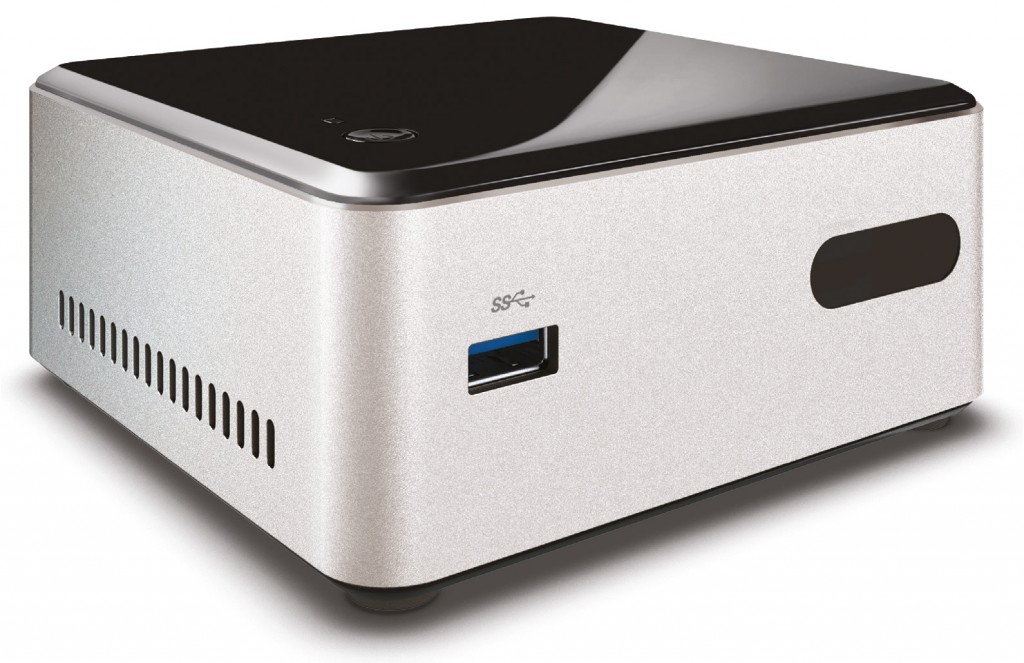The search for the perfect home theater personal computer (HTPC) setup over the years has had me try tons of different widgets and programs. For the longest time, I was a huge proponent of simply hooking up a desktop made out of old hardware from past gaming rigs to my TV and stereo. From there, all that’s needed was for the longest time a wireless keyboard and mouse or remote. Then smartphones came along. I could now remote into my computer from my phone and control my HTPC from the couch, leaving the wireless keyboard and mouse to collect dust. Shortly after this came tablets, and I found myself needing a way to access my local media quickly and easily on something other than my windows desktop that’s been serving me for years. My search lead me to discover Plex, an app for Android and iOS with a server component that you installed on your Boasting that it could index my media collection and present it in a meaningful way on my Android tablet, I downloaded the beta and installed it. Configuration was, and still is quite easy: Install the server on the devices containing your media (in my case, my home file server), point it to the folders containing your media and give it some time to scan your media and build a library. Install the media player on your mobile devices, connect to the wifi and it will detect any Plex media servers on the same network. Pick your media and it will start streaming it across the network to your device, effectively regardless of file type or how poorly you’ve organized your media. As Plex scans your media, it will match it up to various online databases by looking at the...
Media Player Quest
posted by Adam Fowler
For the last several years, I’ve been on a quest. A quest that has finally been completed. I can’t remember exactly when it first started, but I remember a happy time. I owned a modded Xbox (the original!) and it had a media player installed on it. It was called XBMC which aptly stood for XBox Media Center. It was an absolute delight to use. My gaming machine became my lounge room media player. It connected to my TV via S-Video as that was slightly higher quality than Composite video, it had a 100mbit Ethernet port so I could steam media from a PC in another room. It supported SMB file shares which meant no client was required on my Microsoft Windows PC, it just had credentials to navigate through folders and play the videos I wanted. The navigation of the software itself was quick and smooth. I could quickly jump to any point on a video, or fast forward and rewind with ease. I could even easily adjust the sync of the audio and video if my source was out of sync. There was even an official Xbox Remote and IR Sensor that worked brilliantly with the setup, so no death trap cable was running across the living room (unlike the network cable, but that’s another story). This delightful time ended eventually. Higher resolution TVs came out with their fancy new standard connection – HDMI. The Xbox was cast to the side, as a full tower PC took it’s place. Windows Explorer along with a keyboard and mouse was the easiest thing to use to navigate and play files. A VGA cable simply connected the PC to the new TV and supported 1920 x 1080. Sure, lots of the media I actually watched was still nowhere near that...


